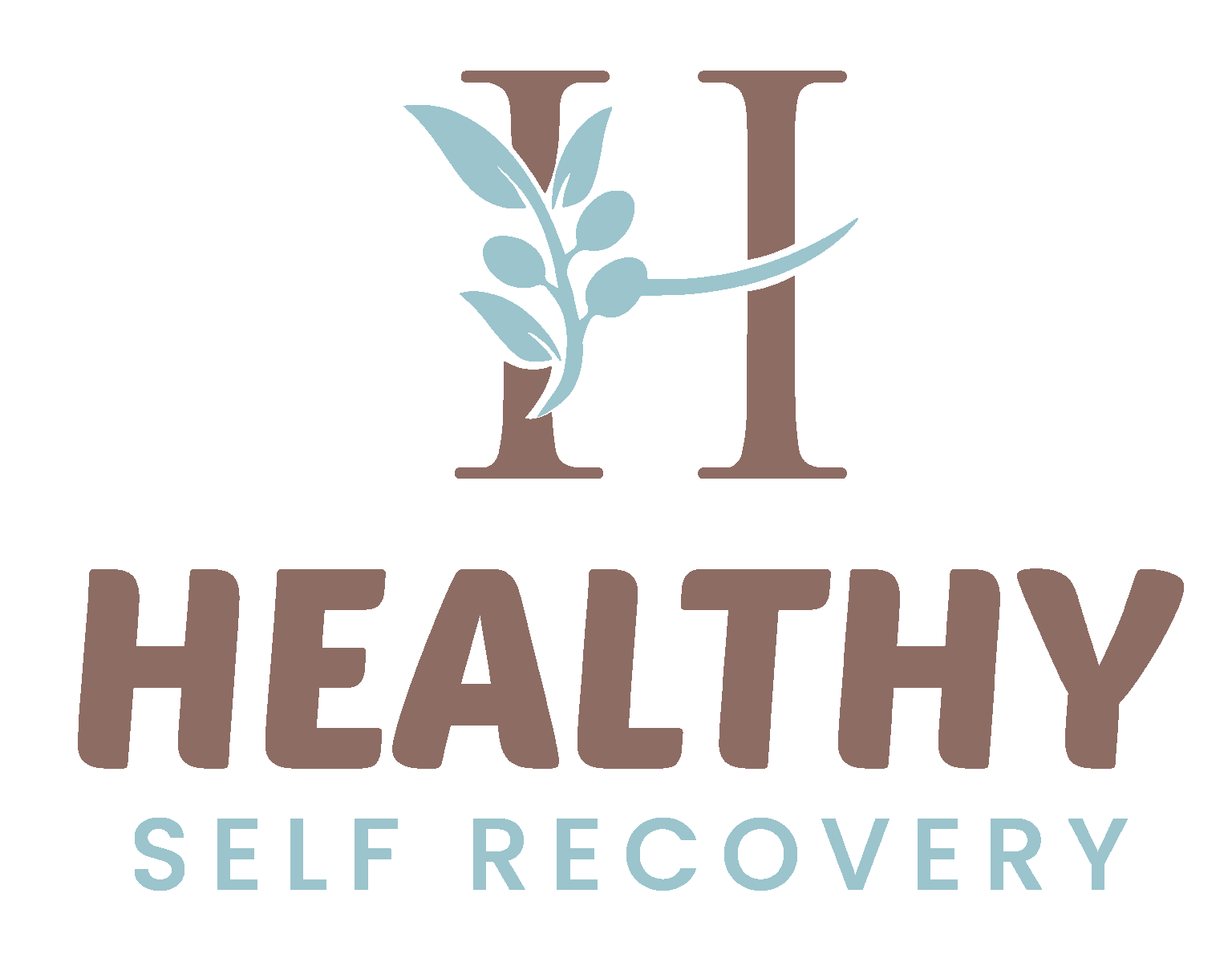From the outside, eating disorders can seem incredibly confusing. So in this blog post, I hope to give you a better understanding of eating disorders, debunk some common misconceptions, and highlight the importance of getting help and support with eating disorder recovery coaching and more.

Eating Disorders Are Not a Choice
For many people who do not have an eating disorder or who have not had close experience of one, it can seem as if they are a lifestyle choice or self-inflicted. However, this could not be further from the truth. Living with an eating disorder is extraordinarily hard and lonely. In fact, if you were to ask anyone with an eating disorder they would tell you that they would never wish this on anyone. That they would never have chosen to have an eating disorder.
What is an Eating Disorder?
Eating disorders are serious, complex mental illnesses. Characterised by an extreme disturbance in a person’s thoughts, beliefs, and behaviours about food, body image, and weight. Which then translates into the inability to have or maintain a healthy, balanced relationship with food. Very often there is extreme anxiety about the consequences of eating food and depending on the eating disorder this can be displayed as not eating enough, eating too much, or very often a combination of both. It’s important to understand that the anguish of an eating disorder is physical, mental, and emotional. In most cases, the sufferer feels desperately lonely and misunderstood. Moreover, if someone has an eating disorder and is in a family environment the eating disorder will affect the whole family.
Eating Disorders Do Not Discriminate
There are lots of stereotypes about who can get an eating disorder but unfortunately, these are harmful because it means that people who don’t fit that stereotype may be even more reluctant to come forward to get help with an illness they already have a lot of shame about.
The truth is that although young women between the ages of 12 and 20 are the most likely to develop an eating disorder, anyone regardless of age, gender, ethnic or cultural background can develop one and they can manifest in many different ways.
It is thought that over a quarter of sufferers are male and that only 6% of diagnosed eating disorders fit the underweight category.
It is also important to note that while anyone of any gender can suffer from an eating disorder they can present differently. A focus on muscularity and physical performance is more common in boys and men whereas with females there typically is more of a focus on thinness and weight loss.
With respect to gender, there is also evidence to show that there is a very high prevalence of disordered eating among people within the LGBTQIA+ community.
Eating Disorders Are More Common Than You Think
Sadly eating disorders are on the rise globally and are becoming increasingly common
- 9% of the US population, that’s around 28.8 million people will have an eating disorder in their lifetime 1
- When combined with disordered eating, eating disorders are estimated to affect 16.5$ of the Australian population 2
- Between 1.25 and 3.4 million people in the UK are affected by an eating disorder
Types of Eating Disorders
There are many different types of eating disorders each with varying causes and different health implications. Eating disorders are defined and diagnosed by the Diagnostic and Statistical Manual of Mental Health Disorders – DSM5.
Anorexia Nervosa
Anorexia is characterized by extreme restrictive eating and an intense fear of gaining weight. They typically see themselves as overweight. Even if they are dangerously underweight and often restrict food to a dangerous and life-threatening level.
Learn more about anorexia here.
Bulimia Nervosa
Very often people with bulimia eat large quantities of food (bingeing). Then purge the calories from their system through vomiting, excessive exercise, or the use of laxatives.
Learn more about bulimia here.
Binge Eating Disorder (BED)
People with BED frequently consume large quantities of food in a short period. Feeling a lack of control during these episodes. But unlike bulimia, they do not engage in compensatory behaviour.
ARFID – Avoidant Restrictive Feeding Intake Disorder
Arfid is when someone restricts or limits the amount and /or type of food they consume. Unlike other eating disorders, their reasons for doing so are not related to beliefs around weight or body shape. ARFID is more common in young children and adolescents.
Pica
Regularly consuming nonfood items with no nutritional value – for example, chalk and ice.
Rumination Disorder
This is when a person regurgitates previously swallowed food and repeatedly chews and regurgitates or spits it out. This is mostly seen in very young children but can persist into adulthood.
OSFED – Other Specified Eating Disorders
Whereby the person’s symptoms and lived experience of their eating disorder present similarly to other eating disorders but don’t quite meet the full criteria. Not meeting the full criteria does not mean that these eating disorders should be taken any less seriously
Within OSFED we see eating disorders such as:
> Atypical Anorexia is where the person displays all the hallmarks of anorexia but without being medically underweight.
>Orthorexia is an unhealthy obsession with a healthy diet and “clean” eating. The perfectionistic focus on “clean eating” leads to guilt, anxiety, and disordered behaviour around food.
>Diabulimia is when someone who is a type 1 diabetic stops taking or reduces their prescription insulin in an effort to control their calorie intake or lose weight. The medical implications of this can be very serious.
UFED – Unspecified Feeding Eating Disorder
This is a broad and non-specific diagnosis where the symptoms don’t meet any of the criteria. Don’t resemble anything in OSFEd but causes significant distress and impairs function.

Causes of Eating Disorders
Challengingly there is no single cause of an eating disorder. But rather they come about due to a number of genetic, environmental, and psychological factors that overlap. Again these will be deeply personal but some common contributing factors include:
> A family history of eating disorders. There is emerging evidence to show that there can be a genetic predisposition. That there is a moderate level of heritability.
> Psychological factors – low self-esteem, poor body image, perfectionism, high levels of anxiety, difficulty coping with stress
> Traumatic experience
> Cultural influences – and the social value attributed to thinness and small bodies as being healthier and morally superior. The pervasive nature of diet culture and the normalisation of dieting to achieve the “ thin ideal”
> Life stages – puberty, pregnancy, menopause
Eating Disorders Come About For a Reason
Many professionals see eating disorders as a maladjusted coping mechanism.
What this means is that they serve a purpose, and arise as a way to cope with a difficult or painful situation, however, over time they become the person’s only coping mechanism to significantly detrimental effect on their health and life. As a personal example, my eating disorder came about after a series of upsetting life events – the eating disorder became a good way to cope with the anxiety, stress, and uncomfortable emotions that these events brought about. Focusing on controlling my food and having strict rituals around it not only self-soothed but allowed me to be distracted from these other more painful things that were happening in my life.
Becoming aware of and finding what purpose they serve to someone is a key part of recovery as it allows someone to have compassion for themselves and realise that they were simply doing the best they could to cope. It also means that there can be curiosity around if there is a different, healthier way to meet that need, or even if it is a need that is still relevant.
Common Symptoms of Eating Disorders
I cannot stress enough that every person with an eating disorder will exhibit differently. There is no ticking of boxes. However, there are a common cluster of symptoms across all eating disorders
- Extreme preoccupation with food, dieting, or body image
- Rigid beliefs and ritualistic behaviors around eating
- Withdrawing from friends and family and isolating
- Anxiety and agitation around eating particularly if with other people
- Low mood, low self-esteem, lack of confidence
- Distorted body image or perception of weight
- Depression, obsessive compulsive disorder, anxiety disorders
- Emotional Eating
Eating Disorder Treatment
Eating disorders are very complicated, serious conditions that require compassion and understanding. Full recovery from an eating disorder is possible although eating disorders affect people very differently and so the best treatment and the best outcome for recovery is one that is personalised to the individual and their situation and needs.
Effective eating disorder treatment takes a multidisciplinary approach covering:
- Medical Care: A doctor or physician to ensure that all the physical health issues that arise from the ED are monitored and dealt with
- Nutritional Counselling: A registered dietitian will provide bespoke nutritional guidance to ensure that nutritional rehabilitation occurs and to (re)establish a balanced approach to food
- Therapy: Various types of therapy such as CBT, FBT, and DBT are used depending on the individual and are important in addressing the underlying psychological and emotional l factors that may have contributed to the eating disorder.
- Coaching: Coaching is a relatively new ADJUNCT to the clinical treatment field but is quickly being recognised as a valuable part of recovery. Coaches focus on supporting action and behaviour change which are essential to recovery and on building a skill base for recovered living. Eating disorders happen in real time not just in clinical settings. Eating Disorder Coaches are able to step in and fill this gap with daily support and accountability via messaging, meal support sessions and even grocery or clothes shopping if need be.
Treatment options
Treatment options are very much dependent on the severity of the illness. Each are designed to take into consideration the level of care the individual needs.
- Inpatient Hospital Treatment – this is the highest level of care for someone who is in a medically precarious situation and who is unable to put on weight. The goal of hospitalisation is to stabilise medical symptoms and improve weight and food intake.
- Residential Care – this type of treatment is when the sufferer is medically stable but still needs 24 hour care . Recovery is worked on in a homestyle environment
- Partial Hospitalization Programs (PHP) – the person is medically stable but still needs a lot of structured daily support with their eating disorder and so this is a programme that normally consists of 5 days a week for 6-8 hours
- Intensive Outpatient Programme (IOP) – a step down from PHP this is when the person is able to maintain work or school but still needs a fair amount of monitoring in order to maintain recovery. IOP normally takes place a couple of times a week for at least 2 – 3 hours at a time
- Outpatient Treatment – the person is medically stable to attempt recovery from home with the support of their treatment team and without any need for structured supervision of their eating.
- NB – please note that Eating Disorder Recovery Coaching is only applicable for people who are at PHP, IOP or Outpatient treatment.
Eating Disorder Recovery
If you or someone you know is dealing with an eating disorder please know that although it can be a long journey full recovery IS possible.
There are various stages of recovery. Ranging from acknowledging the problem to nutritional rehabilitation, to actively working on behavioral changes, and food-related anxiety, to later down the line things like emotional triggers, body image issues, and relapse prevention. Each of these stages needs tailored support and reaching out to Healthy Self-Recovery is the first step toward getting help and recovery.
Statistics From:
- NEDA – National Eating Disorder Association
- Eating Disorders Victoria, Aus
- BEAT – the UKs Eating Disorder Charity

Begin Healing With The Support of Eating Disorder Recovery Coaching in the United Kingdom
Take the first step towards healing with compassionate eating disorder recovery coaching designed just for you. Together, we’ll explore safe, effective strategies to help you rebuild a healthy relationship with food and yourself. Start your journey to recovery and empowerment with the support of Healthy Self-Recovery—you deserve it. Follow these three simple steps to get started:
- Contact me to schedule a free discovery call to see if Eating Disorder Recovery Coaching is right for you.
- Begin meeting with me, Marianna Miles, a skilled eating disorder recovery coach
- Start creating a healthier relationship with food and yourself!
Other Services Offered at Healthy Self-Recovery
As an eating disorder recovery coach, I am dedicated to guiding you through your healing process and helping you achieve lasting change. Along with customized eating disorder recovery coaching sessions that focus on the thoughts, emotions, behaviors, and anxieties tied to your eating disorder, I offer text support for moments when you need extra encouragement or find yourself struggling. Additionally, I provide meal support sessions in a safe environment where you can challenge food rules and practice new coping strategies. By working closely with your medical team, we will integrate your treatment goals into our sessions. Together, we will create a personalized recovery plan that empowers you to embrace a life of healing and fulfillment beyond your eating disorder. I offer my services across the UK, including England, Scotland, and Ireland, so you can receive the support you need no matter where you are.








